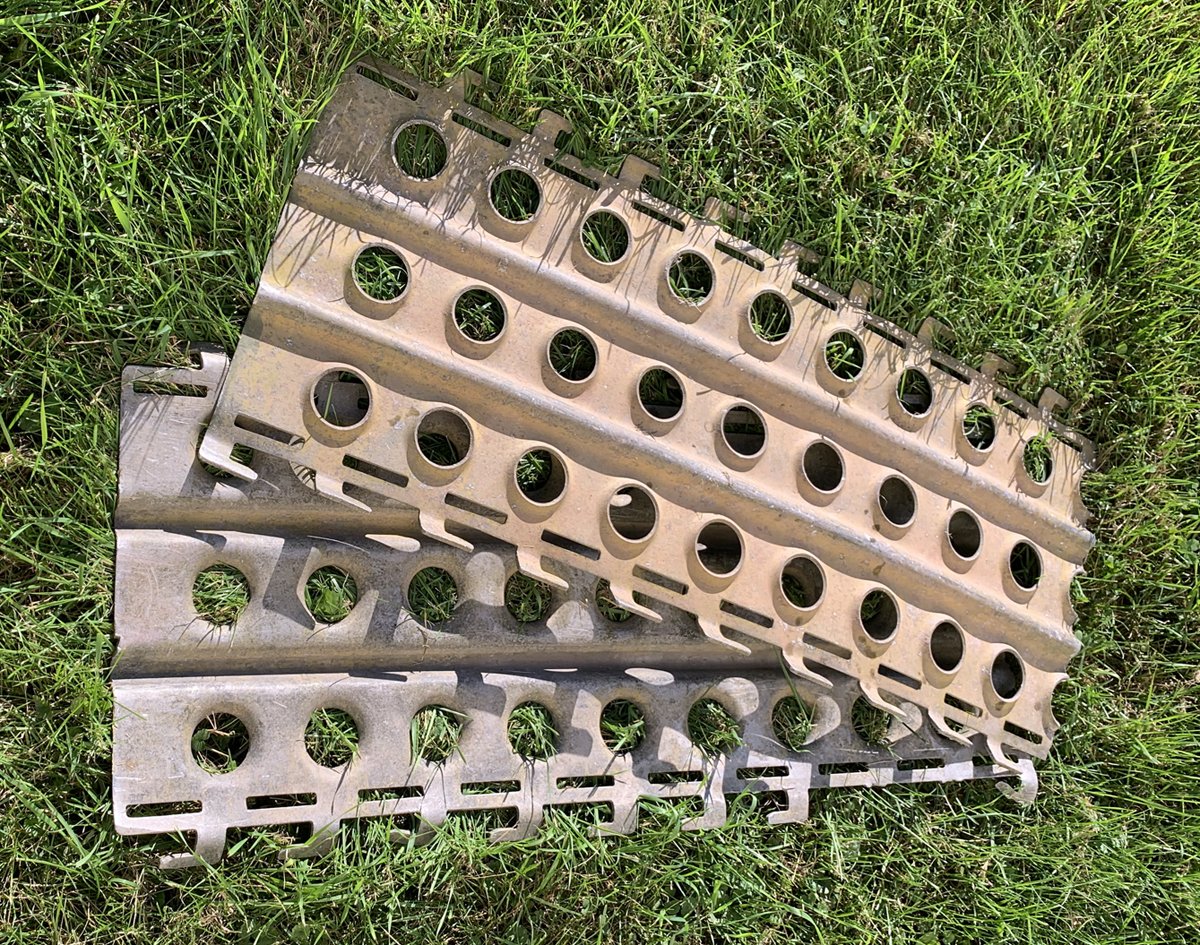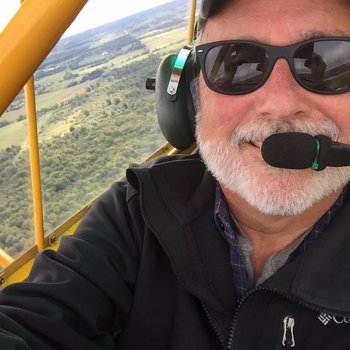
Eagle-eyed visitors to AirVenture this year may have spotted pierced steel planks or smaller pieces of Marston Mat beneath the landing gear of jet military aircraft on display. These aircraft, part of EAA’s collection, were spread throughout the convention grounds and positioned off pavement.
Marston Mat is worthy of study for they aided in the rapid construction of runways and parking areas in both the European and Pacific Theaters during World War II. Similar products have been used in every military conflict since.
Development of what would become known as Marston Mat began in December 1939. Early versions tested in the summer of 1940 were made of solid, ribbed steel. During the winter of 1940-1941 changes led to the final production design that included the distinctive pierced (punched) holes.
A 3,000-foot long, 150-foot-wide runway was constructed at Camp Mackall near Marston, North Carolina, as part of a series of Army exercises held in November 1941. The runway was constructed in 11 days. After inspecting the landing site, Hap Arnold, Chief of the Army Air Corps, described it as, “the year’s greatest achievement in aviation warfare.”
Also known as Pierced Steel Planking or PSP, the panels of perforated hardened steel are 10-feet long by 15-inches wide and .140 inches thick. The final design included 87 holes, laid out in three rows across and 29 along the length of each panel. A slot/tab interlocking feature tied the panels together. Each panel weighed 66 pounds.
In the Pacific Theater, the Navy’s SeaBees could construct a 5,000-foot long by 200-foot-wide runway in two days. The matting was laid over a rolled surface of crushed coral. Other uses included beach landing sites and temporary roads.
As aluminum availability increased for non-aircraft construction, PSP became Pierced Aluminum Planking or PAP as a weight savings. In the late 1950s PSP/PAP would be replaced as aircraft became heavier and jet powered. During Vietnam, a solid, corrugated mat, M8A1, was developed to minimize foreign object damage (FOD). These solid, steel panels were 12-feet by 22-inches and weighed a whopping 147 pounds. Eventually, these steel panels would be replaced by AM2 matting made of aluminum, which are still in use today.
Solutions to problems are created at an amazing rate during times of war. Some of these solutions, like the advances in hardware, have lasted far longer than their intended design life. The Marston Mat is just one example.
